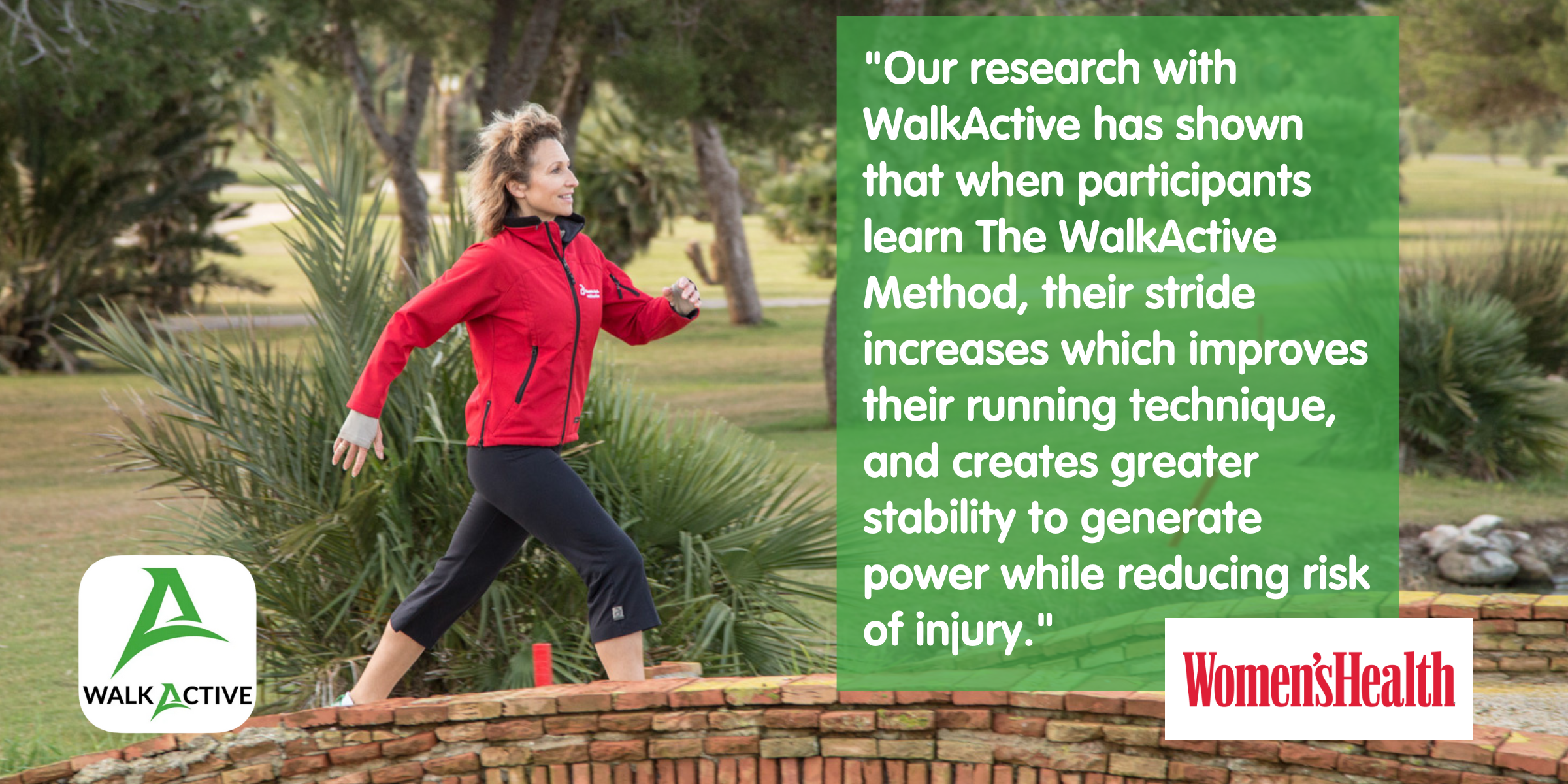How many steps are there in a mile? This is the number you should be hitting

If you’re reading this, chances are you’ve counted your steps before. But do you know how many steps are in a mile? Probably not. Well, there are certain factors that influence how many you rack up – like your stride length, pace, and height – but once you’ve nailed down your numbers and how these influence your step count, knowing how many steps you should walk in a mile can help you hit your fitness goals. Here’s how many you should take, on average, when walking and running, plus how to calculate your steps, and which factors influence your step count.
Meet the expert: Joanna Hall, MSc Sports Science, is an author, presenter, and founder of The WalkActive Method, which she describes as ‘an educational process to walk better, allowing you to positively connect with the way the body should walk as opposed to the way the body has learnt to walk.’
How many steps are in a walking mile?
‘The average steps taken when walking a mile depends on your stride length – the distance covered between the spot where one foot hits the ground and the next time that same foot hits the ground again. Those with a stride length of 60cm will take 2011 steps, while those with a stride length of 80cm will take 2681 steps. But this figure also varies on walking speed and walking intention. For example, if the nature of your job means that you are on your feet all day, you may accumulate steps that equate to one mile of walking, but in reality, the actual distance you have covered won’t equate to one mile.
‘It’s important to look at your step count in the context of how you achieve those steps – is it that you want to walk a mile, or is it that you want to break up your day with various walking breaks, for example? – and I’d advise that you focus on the quality of your steps rather than the quantity, for long-term health and fitness benefits.’
How many steps are in a running mile?
‘The average person will take between 1000 and 2000 steps to run a mile, but as with walking, this can vary on your stride length, pace and height. Here’s how:’
-
Stride length: ‘As you run faster, your stride length tends to increase (but keep in mind that if your hip flexors are tight, this can reduce stride length due to a reduced range of motion at your pelvis, meaning your hips can’t go into full extension which reduces power).
-
Pace: ‘Generally, a faster pace will result in fewer steps per mile, while a slower pace will lead to more steps.’
-
Height: ‘Shorter individuals often have shorter strides, meaning they might take more steps per mile than taller individuals. However, our research with WalkActive has shown that when participants learn The WalkActive Method, their stride increases which improves their running technique, and creates greater stability to generate power while reducing risk of injury.’

How to calculate your steps
‘Nearly all fitness trackers record steps but know that there are varying degrees of accuracy. If step counting is what motivates you, make sure you make it effective. One way of doing this is by using what I call the 4 Rule method’:
- Count: ‘Work out your meaningful steps. Walk for one minute and count your steps (steps are recorded as left, right, left, right = 1,2,3,4) This will give you your cadence – your steps per minute.
- Check: ‘Check if this cadence is high enough. You need to be walking at least 100 steps per minute to incur physiological health benefits.’
- Commit: ‘If step counting motivates you, commit to a daily dedicated step count (see below for what this should be).
- Consistent: ‘Check you are consistent. This means walking daily; if your week is really busy, it is false economy for your physiological and psychological wellbeing to believe that you can make up your steps at the weekend. You want to walk regularly throughout the week.’
Once you have completed this 4-rule check a couple of times, cross reference with how many steps your smart device is telling you that you have walked.
Which factors affect how many steps you take in a mile?
- Pace
- Stride length
- Level of intention. ‘Are your steps accumulated as part of a dedicated walking fitness session such as WalkActive Walk2thebeat audio coaching, or as part of your commute to work? The more dedicated your walks, the better.’
- Range of motion in your hips and ankles. ‘The deeper your mobility, the fewer steps you will take and the more efficient your walks will be.’
How many steps should you take in a day?
‘10,000 steps a day is old news. Instead, a meta-analysis report in The Lancet published in 2022 found that simply taking more steps per day (not necessarily 10,000) was associated with progressively lower mortality risk, with the risk plateauing for older adults (aged ≥60 years) at approximately 6000–8000 steps per day and for younger adults (aged <60 years) at approximately 8000–10 000 steps per day.’
Ready to try The WalkActive Method for yourself?
Your journey to a healthier, happier you begins with a single step. Anytime, anywhere, for anyone.
Our scientifically proven system enhances cardiovascular fitness, focuses on the fundamentals of walking better, and makes each step purposeful toward your health and fitness goals. Boost your posture, refine your technique, and enhance your fitness with The WalkActive Method today!






